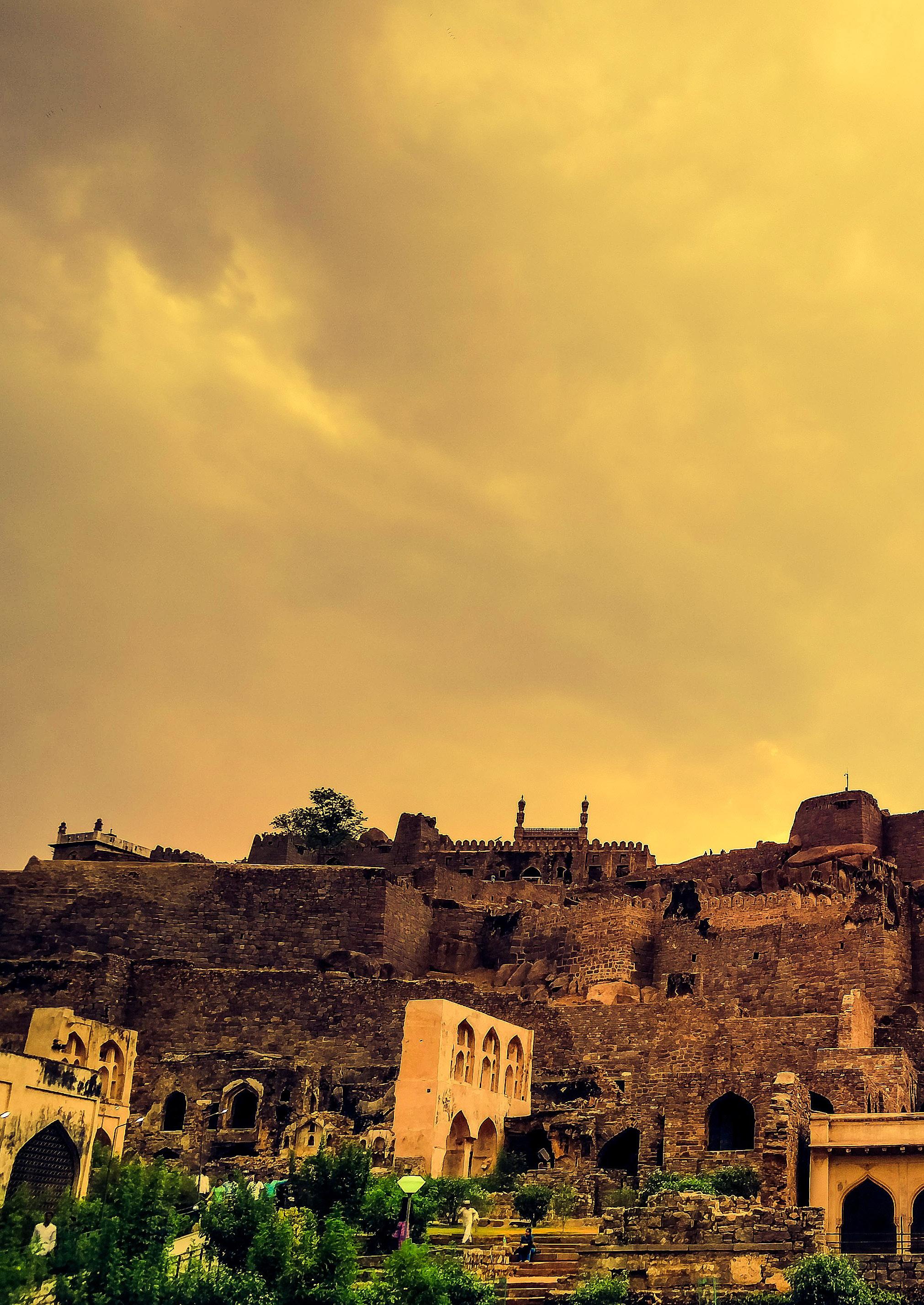
3 minute read
ILLEGAL TRAFFICKING OF CULTURAL GOODS
Imagine something really precious for you and yours - say, a ring or a painting that has been in your family for generations, a statue from the church you frequent that has been there since the foundation of your town. Imagine it got stolen and resold, maybe online. You wouldn’t like it, right? Wouldn’t you be upset and wish to have it back?
Now, imagine this happens in the world at a large scale, so large that it accounts for the 3rd largest illegal traffic in the world, after drugs and guns, rivaling with the traffic of people and organs, involving 6 billions of dollars in the last decade. Wouldn’t it be terrible? Well, it actually is true. The illicit trafficking of cultural property is a huge global problem that not many people know about.
Advertisement
It is a problem that has a lot to do with the world’s unbalances and other issues: the countries where cultural goods are most looted from are those with a rich history but currently poor or at war - like Central American, African and Asian countries.
In Syria, since the war started, it is estimated that 25% of the cultural heritage has been stolen and sold, to buy guns and war supplies. On the other hand, the countries of the buyers of these items are rich, like Europe and the U.S., where art collectors, museums, antiquaries have money to invest in these objects and in the complicated network needed to get them stolen, smuggled, moved from the underworld into the open market, with often fake documents.
This is serious, because stealing a cultural object means more than just stealing an object. It means destroying a whole context, the memories and identity that existed with and through it. It means preventing people from connecting with their sacred or communal objects, from knowing their history It means preventing researchers from studying such a context and discovering more about our past. And there is much we can do to help fight this crime. In your town or sacred spaces, should you ever notice that something isn’t where it usually is, and no restoration or loan for exhibitions elsewhere has been announced, warn your local authorities. If ever you are travelling somewhere and wish a souvenir, or if you like antiquities and are buying an item online, be attentive to some signs. Is there dirt on it, as if it has just been excavated? If so, odds are that it has, and not legally. Does it look like a broken fragment, part of a larger artifact? Does it have reference number painted on it, as if it is part of a museum? Is its price too good to be true? Most importantly, is the seller reluctant to provide you with the objects’ provenance paperwork? If so, you have a reason to be suspicious and to reach the police.

Great problems sometimes ask for sometimes complicated solutions and simple gestures, that must be put into place collectively in order to have an impact. This is the case for illicit trafficking of cultural goods, that we might inadvertently feed, but with small acts combat.
Vitória dos Santos Acerbi
Sources: CHRISTOFOLETTI, Rodrigo. (org.) O tráfico ilícito de bens culturais e a repatriação como reparação histórica. In: CHRISTOFOLETTI, Rodrigo. (org.). Bens culturais e relações internacionais: o patrimônio como espelho do soft power. Editora Universitária Leopoldianum: Santos, 2017. pp. 113-132. UNESCO. Fight illicit trafficking, Return & Restitution of Cultural Property. Available at: https:// en.unesco.org/fighttrafficking ICOM International Observatory on Illicit Traffic in Cultural Goods. Available at: https://www.obstraffic.museum/
Imagine something really precious for you and yours - say, a ring or a painting that has been in your family for generations, a statue from the church you frequent that has been there since the foundation of your town. Imagine it got stolen and resold, maybe online. You wouldn’t like it, right? Wouldn’t you be upset and wish to have it back?









